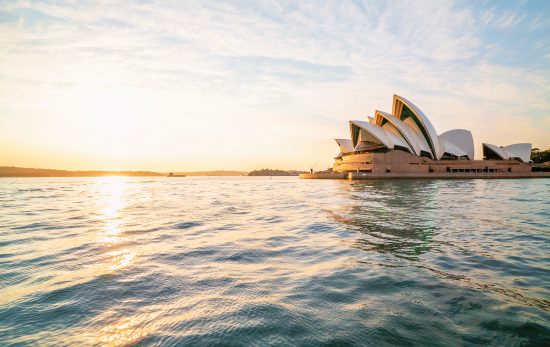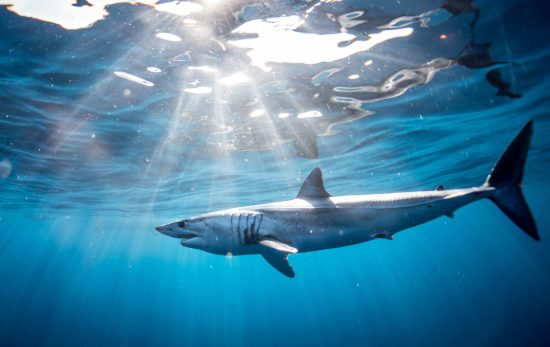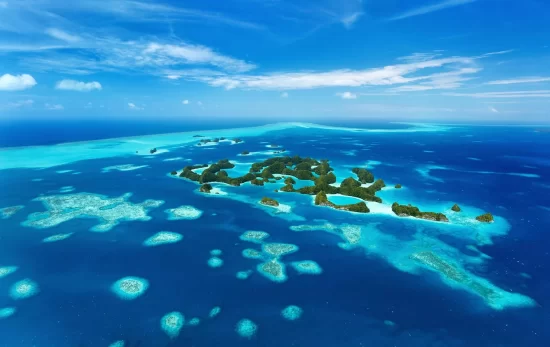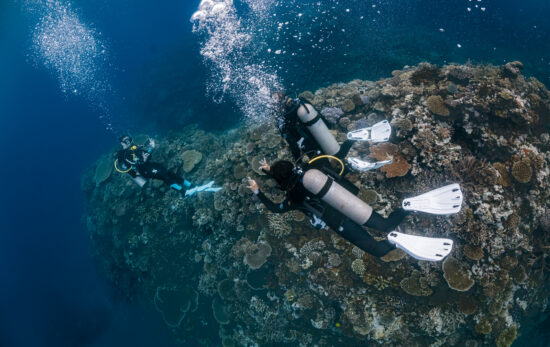Plastic pollution in our oceans is a huge problem, but Mr. Trash Wheel, WasteShark and a young man with some famous friends are here to help. Take a few minutes to read some good news (finally) about ocean health.
The Ocean Cleanup
“You can be part of the problem or part of the solution. I’d rather be part of the solution” – Boyan Slat, CEO of The Ocean Cleanup and a PADI Diver
At age 16, whilst scuba diving in Greece, Boyan Slat saw more plastic debris than fish and was profoundly bothered. Rather than thinking, “what a shame,” he invented a way to collect and remove the garbage.
WIRED magazine described Boyan Slat’s invention as, “an enormous lint trap,” for the ocean. It’s basically a net attached to a massive array of floating booms that collects debris from the surface down to 3 meters/9 feet. Ships periodically come by and gather the collected trash, playing the role of marine garbage trucks.
After a TedX talk showcasing his idea went viral, Boyan Slat raised more than $2 million US via crowdfunding. A few years later, Silicon Valley billionaire Marc Benioff contributed $22 million US. The Ocean Cleanup was officially underway.
Pilot programs in the Pacific and elsewhere proved the idea worked. The Ocean Cleanup’s next step is to deploy a 100 km/62 meter system in the Great Pacific Garbage Patch. The organisation estimates they can reduce (floating) ocean debris by 40 percent within 10 years. Follow their progress @theoceancleanup on Instagram and Twitter, or on Facebook.
WasteShark
The WasteShark is a marine drone that “eats” garbage on the surface. It’s designed to be a first line of defence in areas where human civilization meets the water – harbors, ports, marinas and urban waterways. Each WasteShark is 1.5m by 1.1m/5 feet by 3.5 feet and can collect up to 159kg/352lbs of trash. The battery lasts up to 16 hours when piloted with a remote control. It can also operate autonomously for up to 8 hours within a predetermined area using laser imaging technology to avoid objects.
As you may have guessed, the device gets its name from the whale shark. Trash is collected filter-feeder style as the WasteShark cruises along the surface. In addition to capturing debris, the machine can gather air and water quality data and scan the contours of the seabed. The Waste Shark is made by Netherlands-based company RanMarine and WasteSharks are already hard at work in Dubai, the Netherlands, South Africa and the UK.
Mr. Trash Wheel
Mr. Trash Wheel and his relatives Professor Trash Wheel and Captain Trash Wheel have gobbled up more than 1,100 tons of debris from Baltimore’s waterways in only five years. The trash wheels do important work, especially following storms, when 12-15 dumpsters worth of debris ends up in the harbor. Without the trash wheels, all that trash would end up in Chesapeake Bay or the ocean. Each trash wheel has two booms that extend from its “mouth” and funnel debris onto a conveyor belt and into a dumpster. The conveyor belt is sustainably powered by currents and, when necessary, solar power.
In addition to collecting nearly 1 million plastic bottles and more than 1 million Styrofoam containers, Mr. Trash Wheel and friends are raising awareness about the problem with single-use containers. Mr. Trash Wheel’s Twitter account was voted “The Best of Baltimore” and @mrtrashwheel on Instagram is full of art from his passionate fans.
A new trash wheel family member is coming soon to Newport Beach, CA, USA. “Project AWARE is excited to see local governments like Newport Beach proactively addressing the marine debris crisis” said Danna Moore Director, Global Operations at Project AWARE.
“For over 8 years, from California to Indonesia, divers have been removing and reporting marine debris with our Dive Against Debris program. To date, over 2,587 pieces of trash have been found in just the Newport Harbor alone and 1.4 million pieces globally. By implementing Mr Trash Wheel, governments are tackling the pollution at its source.”
Seabin Project
Seabins collect floating debris, fuel and oil from marinas and other areas prone to pollution. As the video below shows, Seabins use a submerged pump to suck in water from the surface and filter it through a catch bag. Any floating debris 2 mm or larger is captured and retained in the bag.
Each catch bag can hold 20kg/44lbs before it needs to be emptied. Today, more than 700 Seabins collect 1952kg/4303lbs of debris each day.
What Divers Can Do to Help…
Approximately 8 million tons of plastic ends up in our oceans every year. Thousands of seabirds, turtles and other animals die each year after eating plastic. Countless fish, including those destined for the dinner table, ingest microplastics and other toxins. Putting Seabins and trash wheels everywhere won’t solve the problem (but they can help). All of the solutions described in this article only collect debris at the surface. There is countless more debris in the water column and on the ocean floor.
Eliminating ocean pollution starts with you and everyone you know.
- Take steps to reduce your use of single-use products such as straws, cups, cutlery and takeaway containers.
- If you have the resources, donate to Project AWARE, order a Seabin and buy products made from recycled plastic.
- Organise a beach clean-up or Dive Against Debris with a local PADI Dive Shop
- Spread the word! As a diver, you see things others don’t. Be a voice for the ocean.





